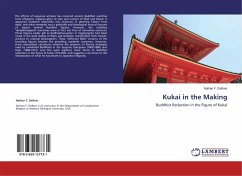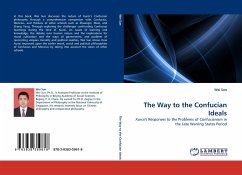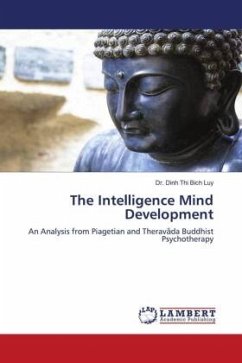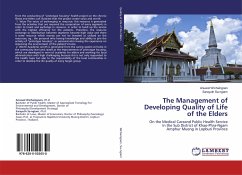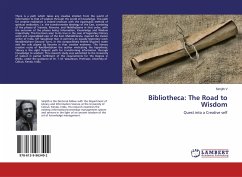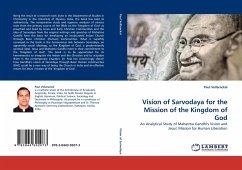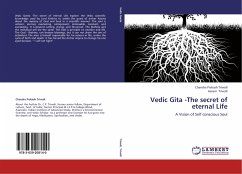The efforts of Japanese scholars has returned ancient Buddhist worthies from effulgent, religious glory to men and women of flesh and blood. It appeared academic objectivity was victorious in gleaning history from myth, and what remained was a politically and theological neutral account of Japan's seminal Buddhist figures. However, the resulting "demythologized" narratives were in fact not free of normative concerns. These figures earlier gilt as bodhisattva-saviors in hagiography had been recast in the staid marble of Plato and Aristotle, transformed from miracle-workers to rational philosophers. These "Jefferson Bible" versions of the founding figures became the prevailing academic consensus. However, these rationalized caricatures evidence the presence of literary strategies used by embattled Buddhists in the by-gone Tokugawa (1600-1868) and Meiji (1868-1912) eras. This work explores these forms of Buddhist redaction in the figure of Kukai (774-835), and suggests a corrective to this minimization of what he has meant to Japanese religiosity.
Bitte wählen Sie Ihr Anliegen aus.
Rechnungen
Retourenschein anfordern
Bestellstatus
Storno

